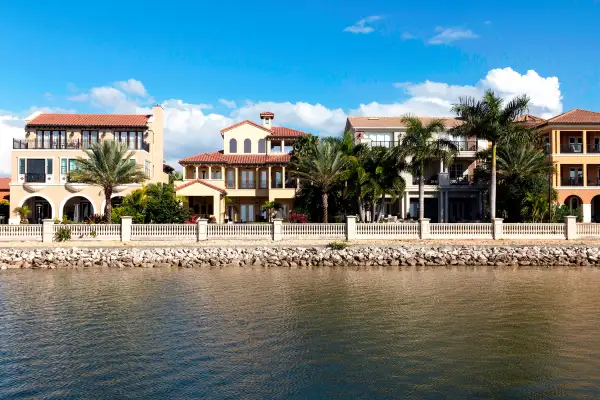The Hottest Real Estate Markets for the Next Five Years

Despite the ongoing recovery, the housing market is still dealing with hangovers from the last boom-and-bust cycle. One of the biggest headaches: an inventory squeeze. Millennials are entering their peak nesting years at a time when the construction of single-family homes still hasn’t recovered from the cutbacks that followed the financial crisis. Nationally, inventory is 9% lower than a year ago, and all but four of the 35 largest markets tracked by Zillow now have fewer homes for sale than at the same time last year. “We’re seeing low inventory in places not usually associated with housing shortages—places like Nashville, Raleigh, and even Kansas City,” says NAR chief economist Lawrence Yun.
The tight market is driving up prices. Home values rose 5.7% in 2015, according to the closely watched Case-Shiller 20-city index. And most economists think prices will keep climbing, at least in the short term: The NAR is calling for a 4.4% increase in existing-home prices this year and 3.4% in 2017; other economists and strategists also put 2016 price growth in the 4% to 5% range.
So how will prices fare over the next half decade? The economists at Moody’s Analytics gave Money their home price projections going out to 2020 for the 20 biggest metros in the country. Check out the graphic to see the forecasts and economic trends in your area.

Read the whole Spring Real Estate Guide: